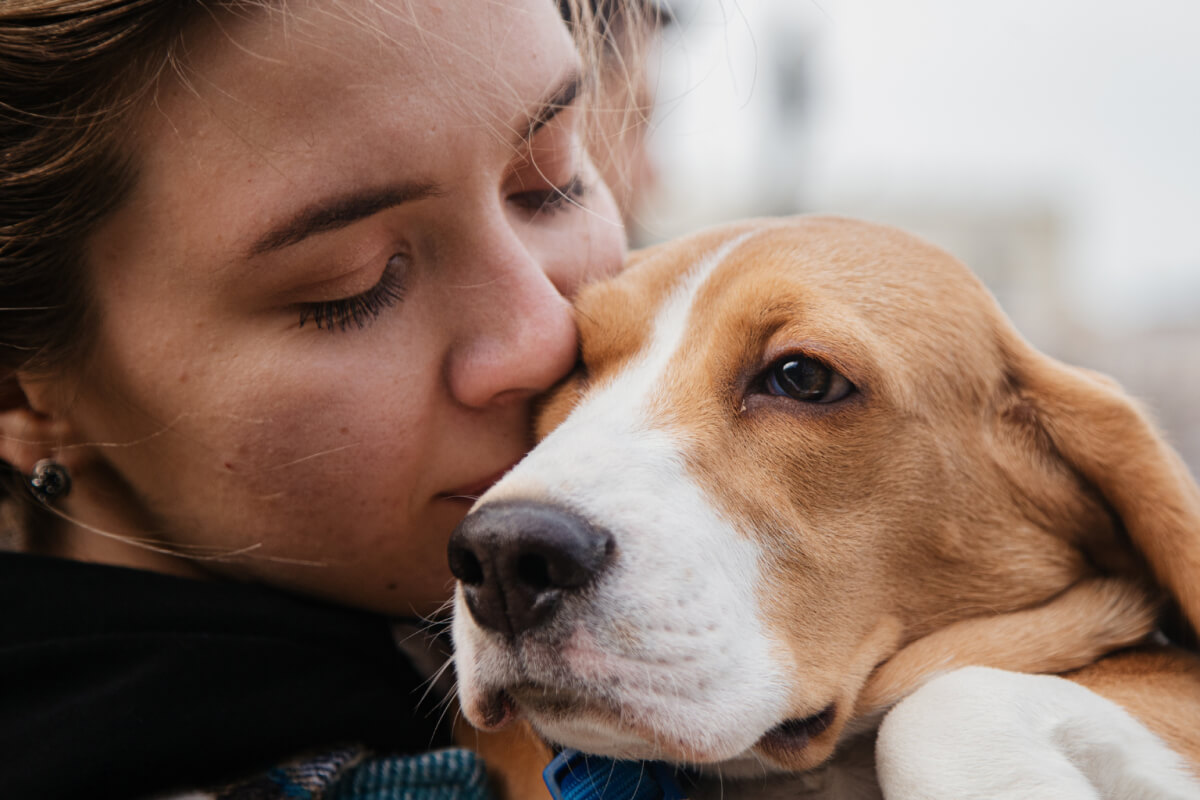Human beings practically evolved to love their pets.
We first domesticated the dog more than 15,000 years ago, and while they may have played an important role in guarding or hunting for food, we now call them our (fur) babies. Cats weren’t far behind (though this may not be surprising, given their interest in cultivating our favor), with domestication around 10,000–12,000 years ago.
And a whole slew of other furry two- and four-legged (and winged and finned) creatures have followed. Whether you’re a dog, cat, bird, turtle, or llama person—we don’t judge—pets can play a major role in our lives.
But what happens to our pets if something happens to us? Imagining our pets without us can be difficult, but estate planning can help protect their well-being.
Why include your pet in your estate plan
Many people may overlook their pets when they draft estate plans or their last will and testament, assuming that family members or friends may automatically step in.
But without clear instructions, or your family’s financial ability to carry out those instructions, pets can end up in uncertain or tragic situations. The sad fact is that millions of pets are surrendered to shelters each year due to the death of their owner.
The good news is that you can protect your pet by including care directives in your estate plan.
Questions to ask before you finalize your estate plan
Before you jump to the first obvious thought (oh, my siblings will take care of my tarantula), ask yourself the following questions:
- What is the longest anticipated lifespan of your pet? Some dogs may live to be 16, but some birds can live to be octogenarians. Are you asking for someone to care for your senior cat during his final years, or are you asking them to make a life-long commitment to your Major Mitchell’s cockatoo?
- Do your pets have special needs, like health concerns or behavioral quirks? For example, does your dog get along with kids or other pets, or are they reactive on the leash? Does your cat need kidney medicine or does your bearded dragon need specialized skincare? These issues might be manageable for you, but consider how others might feel about handling them.
- What is the anticipated financial burden of caring for your pets? Think beyond pet food and vet care to expenses like pet insurance, pet care during vacations, emergency healthcare, and even surgery.
Choosing a caregiver
Based on the questions above, you might have a clear idea of the ideal person to take care of your pets.
This person will be responsible for providing them with daily care, including food, love, and attention. If you have a reactive dog who needs two walks a day but is awful on a leash, leaving your dog with your aging parent who lives in a suburb and just had their hip replacement may not be ideal.
It’s important to choose someone willing and able to provide long-term care. The willing part is especially important! It’s always a good idea to ask someone if they would be willing to take on that responsibility and confirm with them before you make your estate plans.
If no family member or friend is in a position to care for your pet, consider options such as:
- Pet sanctuaries or no-kill shelters
- Breed- or animal-specific rescues, especially if you have uncommon pets such as horses or chickens
Beyond an estate plan, it can be a good idea to ask trusted friends or family members to act as emergency caregivers during a sudden hospitalization or unexpected event. Provide them with care instructions and veterinary contact details, and keep this information accessible to ensure your pet’s care in an emergency.
Things to keep in mind when you include your pet in an estate plan
Under state laws, pets are considered personal property, and cannot inherit assets directly. However, you can include provisions in your estate plan or will to ensure their care.
In addition to designating the caregiver, you may also want to:
- Allocate financial resources to help the designated caregiver cover expenses including food and veterinary care.
- In your financial resources, assume your pet will live to the maximum anticipated age for their species and breed.
- Provide a separate letter of instructions for your pet’s needs and preferences, from their favorite toy to how they behave in a thunderstorm.
Keep in mind that wills and estate plans go through probate, which can take time. This may lead to a delay between your passing and when your pet’s caregivers have access to the designated financial resources, leaving your pet vulnerable.
An alternative to this concern is to establish a pet trust, which can offer immediate and legally binding care provisions.
Setting up a pet trust
Unlike a will that distributes assets after probate, a pet trust allows immediate, legally binding access to funds and care instructions.
Pet trusts can be set up as standalone entities or incorporated into an existing estate plan. While there may be some associated costs, it can bypass probate and provide security for your pets.
All U.S. states recognize pet trusts, but the length of time they last may vary. Some may last for the pet’s lifetime, while others may have a maximum term, such as 21 years. This could be an important factor for your estate planning for long-lived pets such as horses, parrots, tortoises, or koi fish.
A Texas estate planning lawyer can help protect your pets
Planning for your pet’s future without you may seem overwhelming, but it’s also a sign of your love and desire to give your pet a long and happy life.
At the Law Offices of Shann M. Chaudhry, Esq., PLLC, we can help you craft an estate plan that protects your pet’s future.
Contact us today to learn how estate planning can provide your pets a bright future.





0 Comments